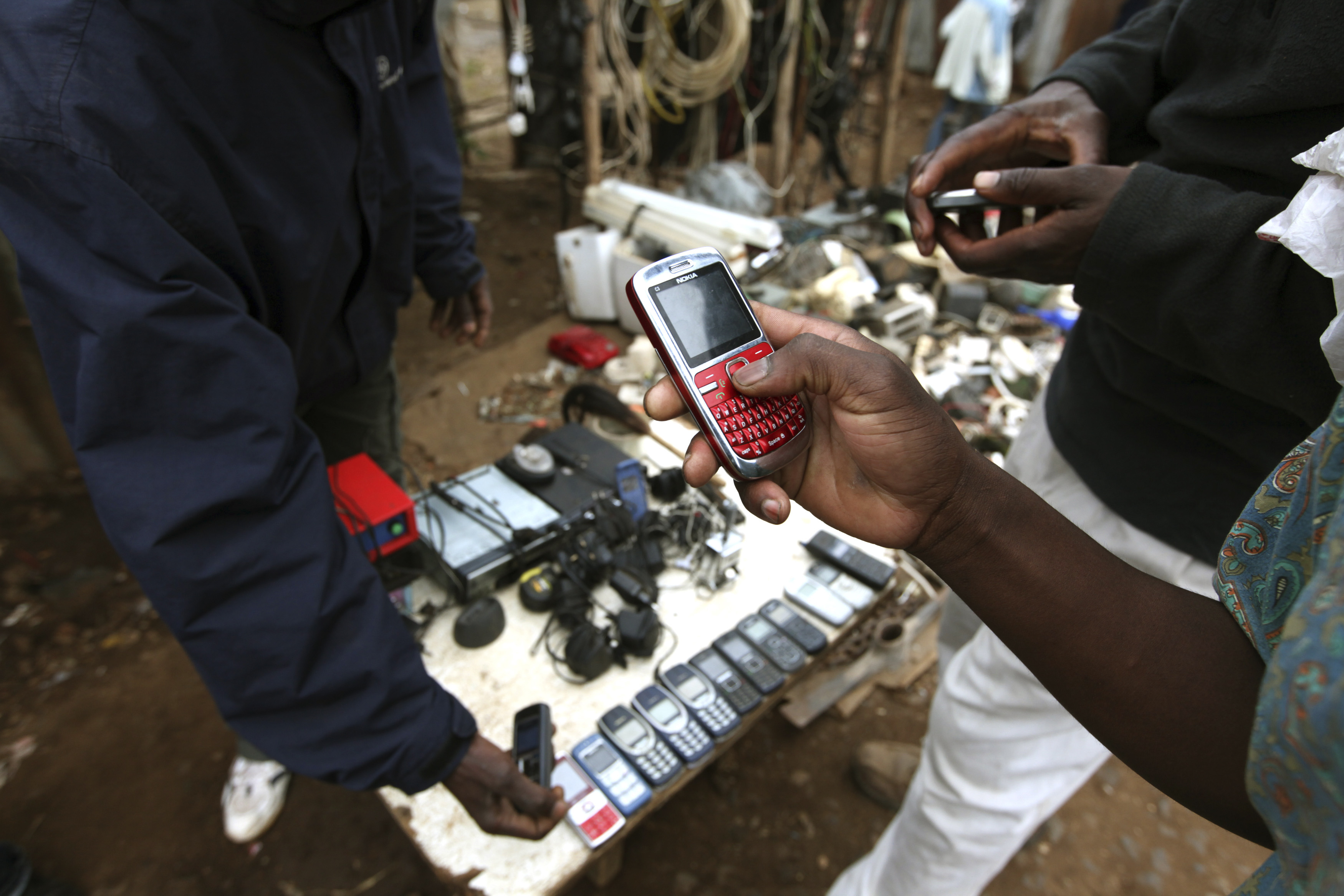Fibre optic standards simplify networking

In international comparison, few homes in Switzerland have access to fibre-optic technology. But the current figure of 300,000 could treble in just three years.
Nothing stands in the way of fibre-optic network development in Switzerland after the completion of roundtable talks between the country’s different stakeholders.
According to the Federal Communications Commission (ComCom), technical standards have been set and contracts between Swisscom – the country’s biggest telecommunications provider – and utilities are being adapted to allow access for all service providers.
“The development of broadband infrastructure is vital for the Swiss economy,” said commission president Marc Furrer. “It should be a priority for our communications policy for the coming years.”
The necessity of building extra capacity for telecommunications is also backed by demand for bandwidth: fixed-line requirements are doubling every year and a half, and much faster for mobile services. Delivery of high-definition television programmes and mobile internet are some of the factors fueling this demand.
Set up in 2008 to avoid the uncoordinated development of networks, the round table reached agreements on technical standards and development criteria for future infrastructure. This included avoiding the construction of parallel networks and the implementation of multi-fibre technology – at an extra cost of ten to 15 per cent.
Network access
“The roundtable talks were an important step, helping us define common criteria for networks,” Oliver Schnyder, director of the Swiss association of fibre optic network developers told swissinfo.ch.
“The multi-fibre solution that was adopted means that service providers will have access to the network and guarantee competition for customers.”
Each connected cable will in fact be a bundle of four fibres – one reserved for Swisscom and the other three available for service providers.
Another result from the talks is that new infrastructure will meet the so-called fibre-to-the-home (FTTH) standard. The goal is to connect buildings directly to the network, rather than opt for a cheaper and slower solution that would run fibre lines as far as the nearest exchange box then feed data through the existing copper telephone lines.
Network access had been a talking point, with providers concerned they would be frozen out and Switzerland’s competition watchdog investigating agreements between Swisscom and local utility companies. Those contracts have since been adapted.
This solution means though that there will be no future networks built in parallel, a situation that is avoided with the partnerships. In many areas, fibre networks will also be competing with offers from cable companies.
Who pays?
All this makes sense economically, according to telecommunications blogger Pascal Martin.
“Someone has to pay for the infrastructure,” he said. “Swisscom is footing the bill where competition exists, but communes have to contribute where there is no competition.”
The roundtable partners are counting on market forces to boost network development, with public funding for a national fibre network not being considered in the current economic situation, as Furrer confirmed.
“We have no other choice,” he told swissinfo.ch. “It’s up to Swisscom and the utilities to build the infrastructure.”
“What we have done is provide the possibility to build a network. What we hope is that if it is built, many providers will make use of it.”
Not everyone believes though that letting market forces have their way is such a good thing. The Swiss Foundation for Consumer Protection says that Switzerland’s telecommunications legislation needs to be revised to avoid Swisscom and its utility partners gaining a twofold advantage.
The foundation reckons that the telecommunications giant and utilities would benefit from existing infrastructures, i.e. underground piping paid for by taxpayers, and would set high access prices for competing service providers – costs that would be passed on to end-users.
Telecommunication prices, especially for mobile services, are high in Switzerland compared to the European average, and have led to accusations of price-gouging in the past.
Long-term investment
But no one seems to want to take on the issue at this point, preferring not to hinder infrastructure development.
“We would rather not see regulators intervene at this point so as not to discourage investors,” admits Schnyder. “It would be better to regulate later if necessary once the market has developed.”
Besides costs, the other open point is just who could have access to this technology. Given the economics, no one considers connecting every remote mountain hut in the country to this high-speed network, even if broadband access can be useful in some cases.
According to Furrer, in the cities it is already a long-term investment, and even more so in rural areas.
“For those zones, there are two questions,” he added. “Firstly, is there a cheaper technology – cable or mobile that can provide more bandwidth – and then who pays for it? That’s a political question that is connected to the universal service obligation.”
Two technologies, cable modems and very high bit-rate Digital Subscriber Line (VDSL), currently dominate broadband in Switzerland.
VDSL operates over the copper wires in a phone line, providing fast connections but is hobbled by the distance between the end user and the nearest junction box. It is also restricted by the amount of data it can handle, especially when it comes to high-definition television broadcasts.
Most people who get cable television from one of the country’s biggest providers can also receive internet and telephone connections via the coaxial cable that brings data into their home. However this means that the broadband service is accessible via the cable network and that mobile services cannot so far be bundled with packages.
FTTH broadband connections will provide a jump in terms of bandwidth and speed. For example, a single copper pair conductor can carry six phone calls. A single fibre pair can carry more than 2.5 million phone calls simultaneously according to the US Federal communications Commission.
Experts at the US-based FTTH Council say fibre-to-the-home connections are the only technology with enough bandwidth to handle projected consumer demands during the next decade reliably and cost effectively.

In compliance with the JTI standards
More: SWI swissinfo.ch certified by the Journalism Trust Initiative



You can find an overview of ongoing debates with our journalists here. Please join us!
If you want to start a conversation about a topic raised in this article or want to report factual errors, email us at english@swissinfo.ch.